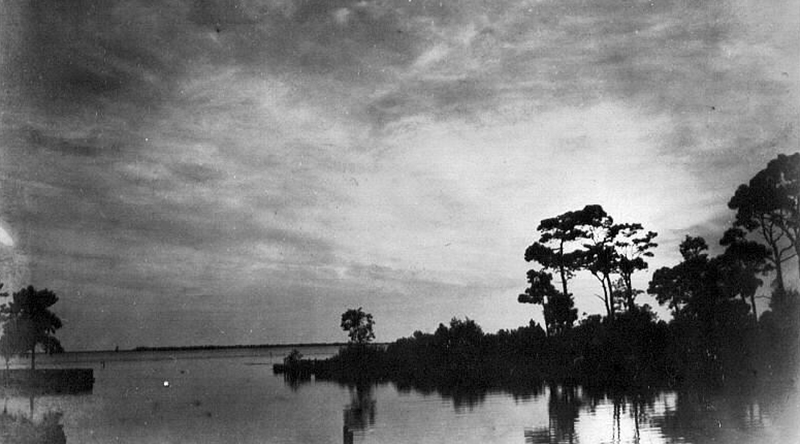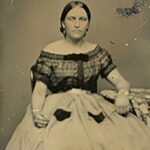
In the early to mid-1830’s pioneer settlers from the United States and fishermen from Spanish Cuba began settling the Pinellas Peninsula. These early settlers found both inhospitable wilderness and a subtropical paradise; a land of dense foliage, temperate winters, mosquitoes, alligators, rattlesnakes, long and unpredictable hurricane seasons, abundant fishing and hunting, and generous homestead opportunities.
Those who ventured to the southwest region of the Florida territory faced true isolation. Without electricity, railways, an established port, a post office, or even roads, many settlers arriving from industrial cities found themselves in radically unfamiliar terrain, though many stayed and preserved.
Initially relying on sustenance farming and fishing to provide for their families, Pinellas’s early settlers quickly expanded and began operating small commercial enterprises. Early economic ventures in southern Pinellas included ranching, citrus farming, and fish ranchos.
Antonio Maximo Hernandez, reputed to be the first non-native settler in the area, aided the United States during the Second Seminole War and received land grants for the Pinellas shoreline. He settled on what is now known as Maximo Point and started one of the first fish ranchos in Florida.
Once established, the owners of the ranchos traded with the crews of boats that came from as far away as Cuba and Key West. However, the great hurricane of 1848 devastated the area commercially.
The “Great Gale” struck the Pinellas Peninsula on Monday, September 25, 1848. Here in what is now St. Petersburg, the water rose to treetop level in low-lying areas and covered most of the land. This devastation dampened the pioneering spirit of many, causing all but a few to evacuate the area after the storm. Hernandez found that his rancho had been destroyed in the storm, and he left the Pinellas Peninsula never to return.
Two other pioneering Spanish fishermen, Joe Silva and Juan Levique (also known as John Levick) had gone on a long fishing trip just prior to the Great Gale. Upon returning they found the landscape to have been dramatically changed.
The storm had flooded the inland with several feet of seawater creating a new channel. The two men had to navigate this new channel to get home. The channel was later named John’s Pass in honor of Levique.
The few who remained after the storm rebuilt their homes and business on higher ground, and new settlers slowly trickled in. Although population on the lower Pinellas Peninsula remained sparse well after the Civil War, a small group of dedicated pioneers created the foundation for the emerging community of Pinellas Village. And thus began the bedrock of St. Petersburg.
Photo Caption:
Maximo Point, near the mouths of Boca Ceiga and Tampa Bay, is the site of the area's first settler.


